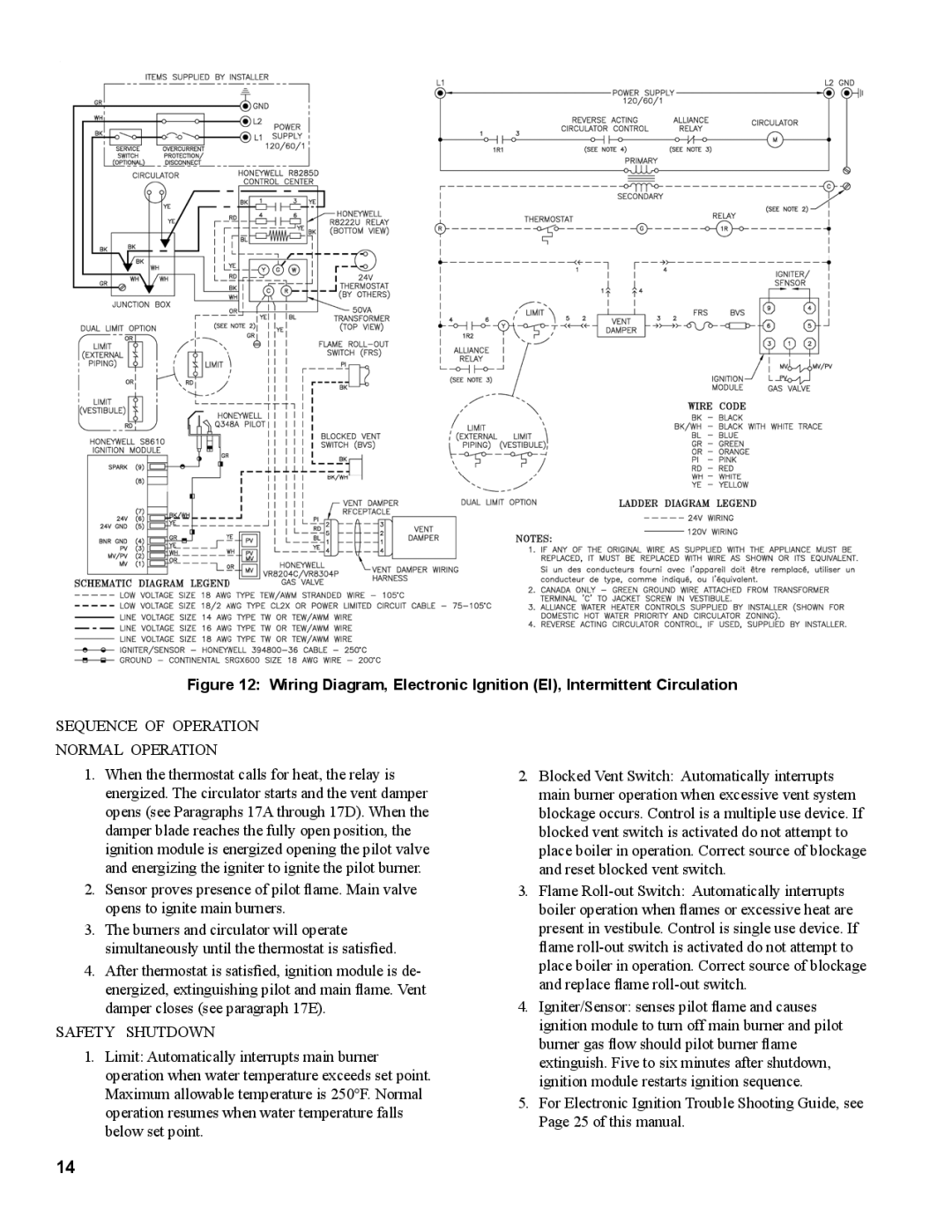
Figure 12: Wiring Diagram, Electronic Ignition (EI), Intermittent Circulation
SEQUENCE OF OPERATION
Normal Operation
1.When the thermostat calls for heat, the relay is energized. The circulator starts and the vent damper opens (see Paragraphs 17A through 17D). When the damper blade reaches the fully open position, the ignition module is energized opening the pilot valve and energizing the igniter to ignite the pilot burner.
2.Sensor proves presence of pilot flame. Main valve opens to ignite main burners.
3.The burners and circulator will operate simultaneously until the thermostat is satisfied.
4.After thermostat is satisfied, ignition module is de- energized, extinguishing pilot and main flame. Vent damper closes (see paragraph 17E).
Safety Shutdown
1. Limit: Automatically interrupts main burner operation when water temperature exceeds set point. Maximum allowable temperature is 250°F. Normal operation resumes when water temperature falls below set point.
2. Blocked Vent Switch: Automatically interrupts main burner operation when excessive vent system blockage occurs. Control is a multiple use device. If blocked vent switch is activated do not attempt to place boiler in operation. Correct source of blockage and reset blocked vent switch.
3. Flame
4. Igniter/Sensor: senses pilot flame and causes ignition module to turn off main burner and pilot burner gas flow should pilot burner flame extinguish. Five to six minutes after shutdown, ignition module restarts ignition sequence.
5.For Electronic Ignition Trouble Shooting Guide, see Page 25 of this manual.
14
